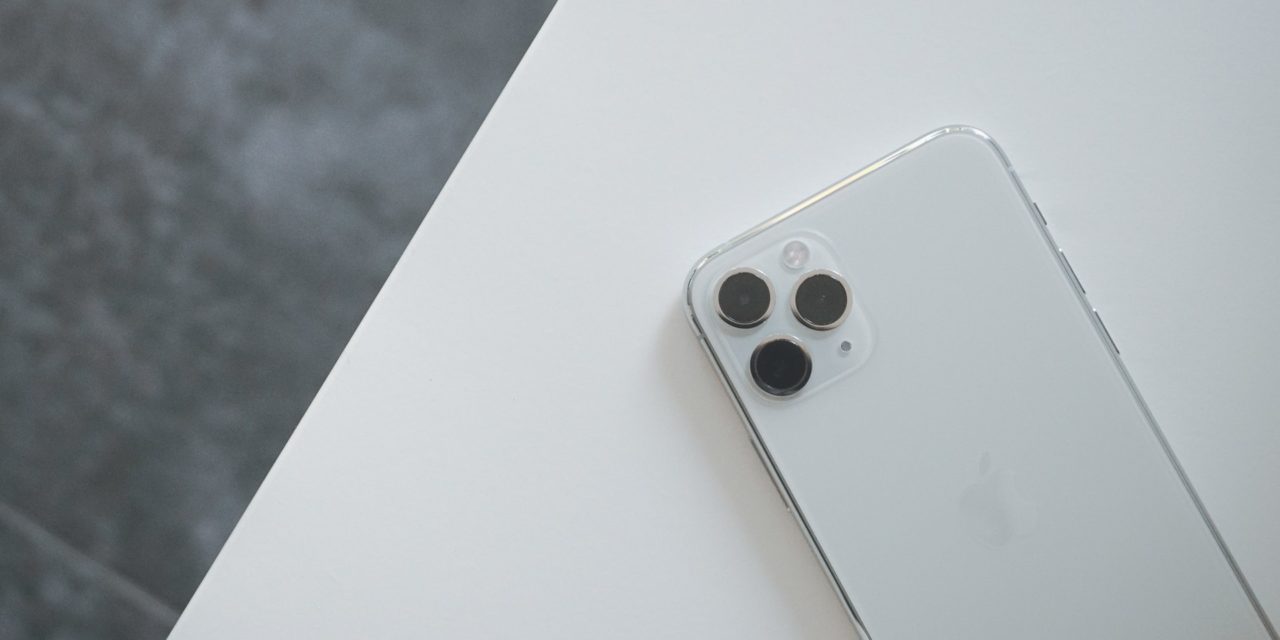[ad_1]
Some time ago, I was in charge of developing a business concern on the beautiful island of Sri Lanka while based in the United States. At one point, I needed to send an employee there to set up the quality control program. This employee did not have a GSM cell phone so I lent him mine to use “in case of emergency only”. The employee spent time each night chatting with family on the cell phone and came back with a $3,000 phone bill in two short weeks.
If you have a US GSM cell phone and service account, you may find that it will cost you something in the range of $3 per minute to use your phone overseas due to international roaming. As an example, on one trip to Hamburg, I had lost my party at a very large exposition. I used my cell phone to call them and found out that instead of it being a local call, it went to the US and back via their networks thus charging me for two international calls!
A little while later I was on a plane to Sri Lanka. As we were about to land, the gentleman next to me took out a small bag and dumped the contents into his palm. They were SIM chips. I asked him what this was all about and he told me he was looking for his chip for Sri Lanka. He informed me that the chip enabled him to make calls in and from Sri Lanka without incurring the extremely high roaming charges my friend above met with. He traveled throughout Europe and Asia and had chips for each major locale.
I was intrigued by this idea and did some research on what it took to use these local chips in my cell phone. Here is what I found:
Your basic cell phone service provider places a unique serial number into your cell phone. This unique number is called an “ESN” and it is used by the service provider to identify who you are. The service provider uses this number to know where to send phone calls too when someone dials your number.
A GSM phone is a little different animal. “GSM” (Global System for Mobile Communications) is a type of digital mobile phone service. GSM is the most common standard for cell phones in the world. GSM service is common in over 210 countries around the world with over 1.5 billion users. The popularity of GSM makes international roaming very common between cell phone operators, enabling the user to successfully use their phone in many parts of the world. One of the key differences with GSM is that the phone itself is not directly linked to you. Rather, the removable “SIM” (Subscriber Information Module) chip is encoded with a unique serial number which is what now identifies you to the wireless provider.
Having your info embedded into a removable SIM chip rather than into your cell phone is what makes this all so interesting. If you place your SIM chip into a compatible cell phone, you can use that phone as your own because the service provider will recognize the SIM chip inside of it as yours. Conversely, you can buy compatible SIM chips from the country you are about to visit and use them in your phone. This is what allows you to avoid the ugly international roaming charges mentioned above.
Before you can do this, however, you will most likely need to “Unlock” your cell phone. Most wireless service providers “lock” their cell phones which means that they program them to only work with SIM chips issued by their company. Unlocking a cell phone is basically reversing this programming. The process is very easy and quick.
There are many service providers online that specialize in mobile unlocking. Once the cell phone is unlocked, it is permanently unlocked.
Now I wanted a SIM chip that would work in the country I was headed too, again, Sri Lanka. I was told that the best way was to find a cell phone store there in Colombo but this sounded difficult as my schedule would be very busy. While searching for an alternative, I was directed to http://www.Telestial.com as a source of chips via the internet. I found that I could buy a chip from Sri Lanka with pre-paid minutes on it. They did also offer a great variety of SIM chips from most major destinations around the world. The process was quick and painless and I found the cost to be very reasonable ($79 vs. $3,000!). The only drawback to the system was that this did give me a new phone number which I had to pass out to family and business associates prior to departure.
The trip went well as I was able to coordinate activities with local vendors and business associates without feeling like I had to hang up the phone after two sentences.
[ad_2]
Source by Ted Anders

